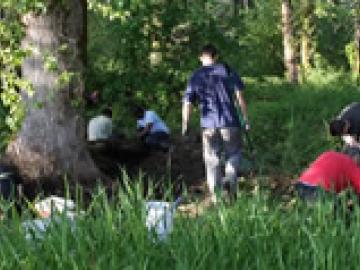Filter News
Area of Research
News Type
News Topics
Media Contacts
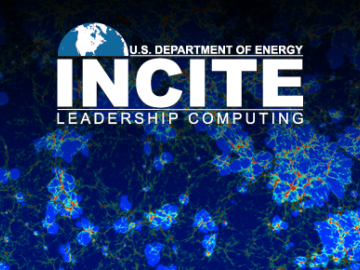
The U.S. Department of Energy’s Office of Science announced 55 projects with high potential for accelerating discovery through its Innovative and Novel Computational Impact on Theory and Experiment (INCITE) program. The projects will share 5.95 billion core-hours on t...
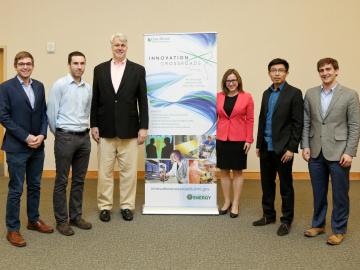
Oak Ridge National Laboratory today welcomed the first cohort of innovators to join Innovation Crossroads, the Southeast region's first entrepreneurial research and development program based at a U.S. Department of Energy national laboratory. Innovation Crossroads, ...

Virginia-based Lenvio Inc. has exclusively licensed a cyber security technology from the Department of Energy’s Oak Ridge National Laboratory that can quickly detect malicious behavior in software not previously identified as a threat.

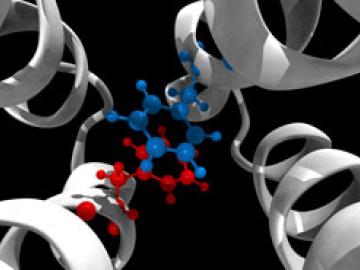

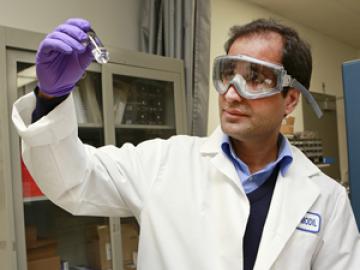
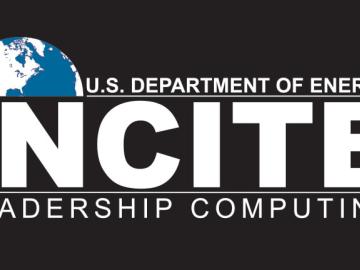
The U.S. Department of Energy’s Office of Science announced 59 projects, promising to accelerate scientific discovery and innovation, that will share nearly 6 billion core hours on two of America’s fastest supercomputers dedicated to open science. Their work will advance knowledge in critical areas from sustainable energy technologies to the environmental consequences of energy use.
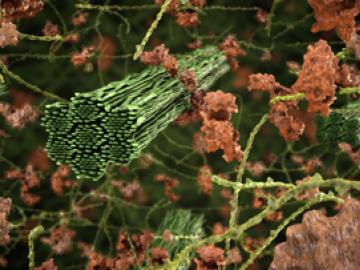
ORNL study uses neutron scattering, supercomputing to demystify forces at play in biofuel production
